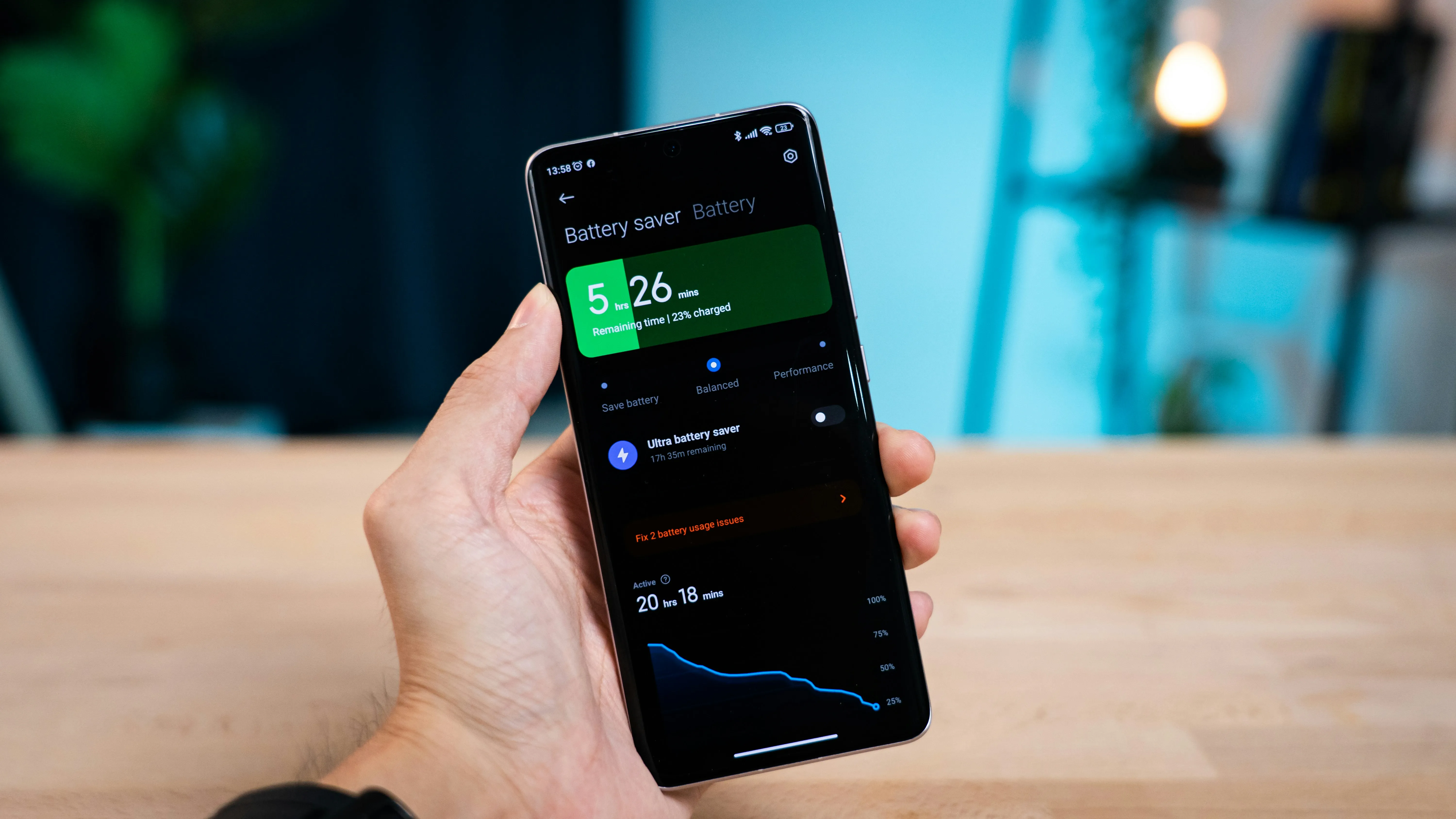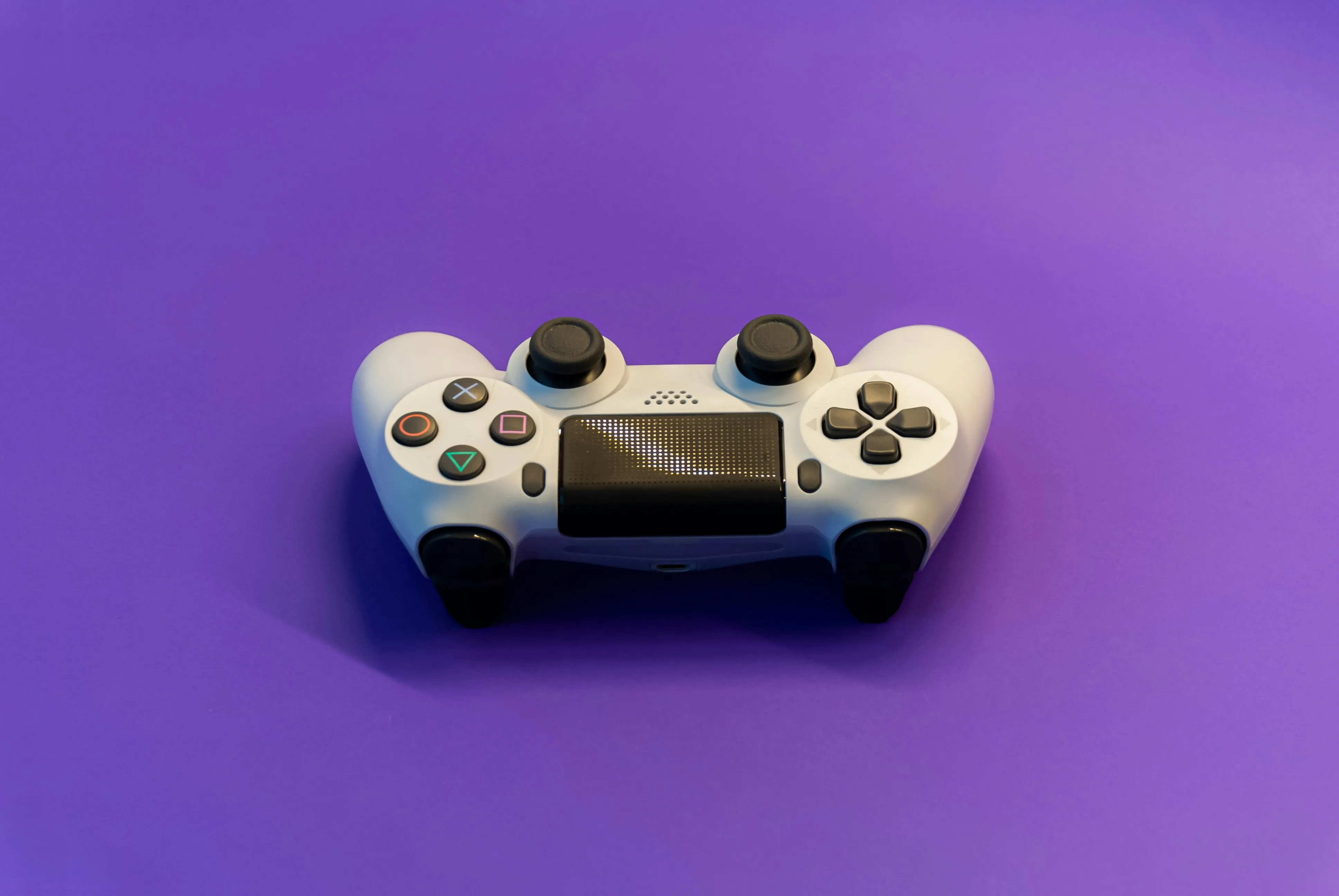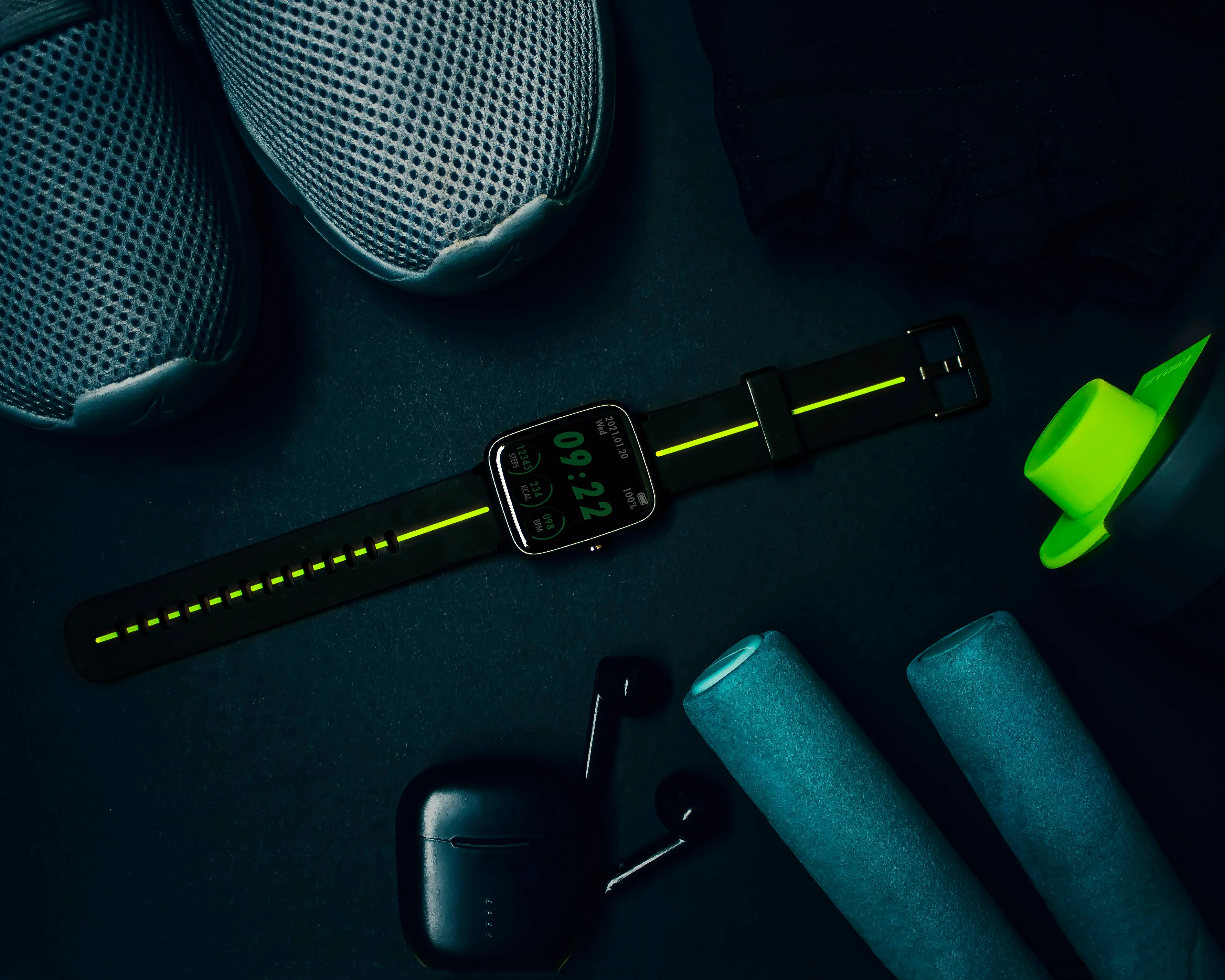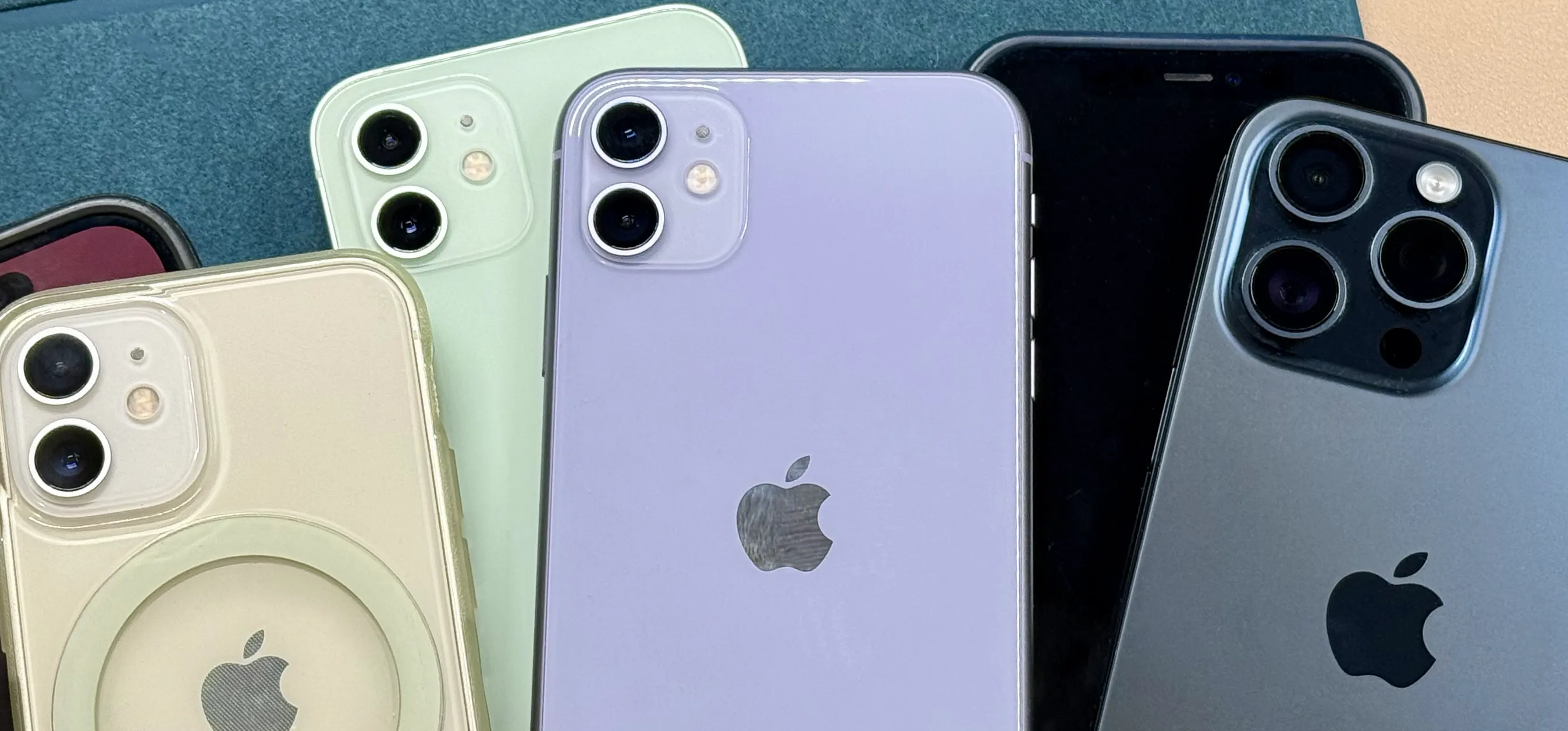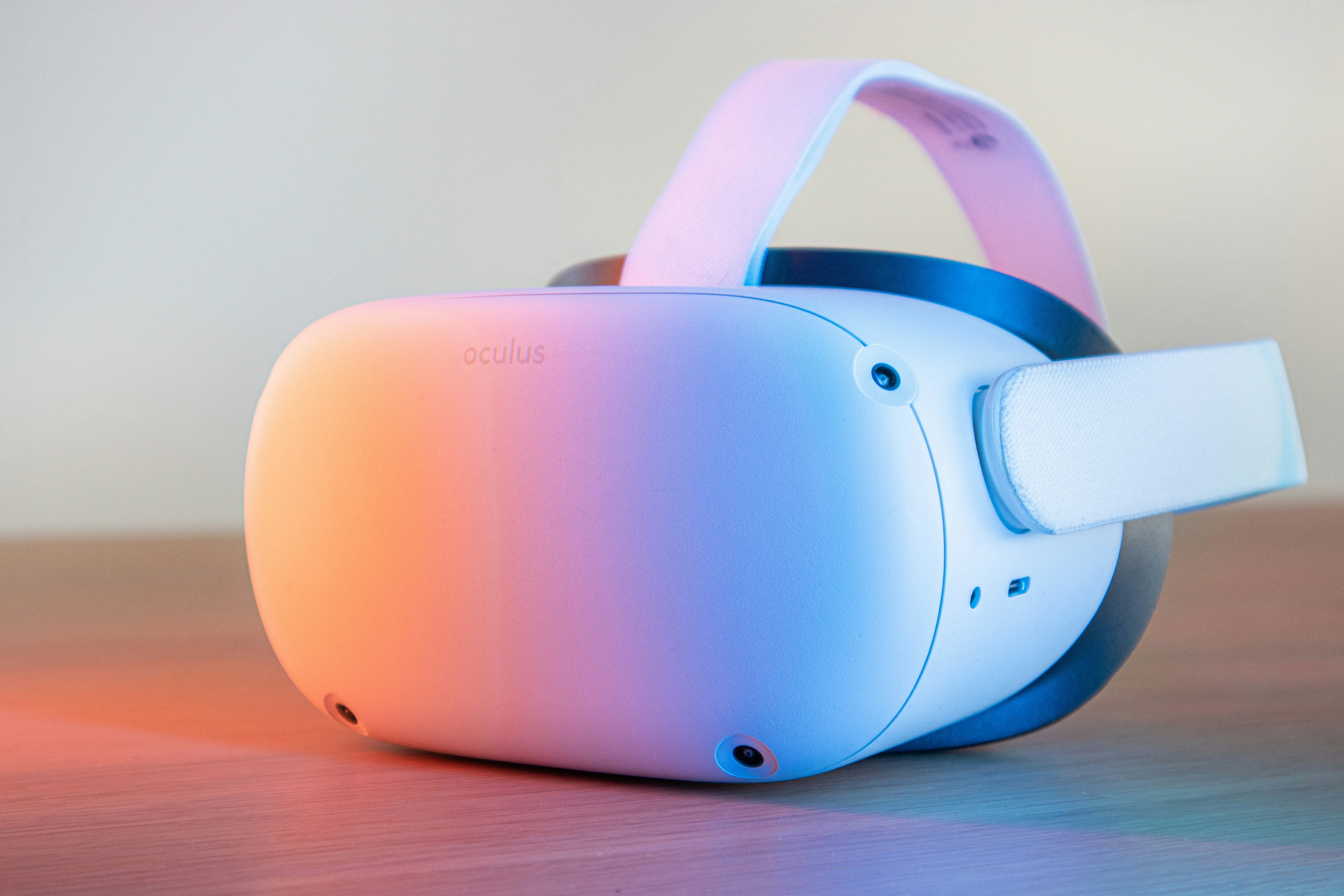Trending about Billiards & Pool

how to
How to Penguin Emblem | Black Ops

news
Billiards, Wonderland Style (Or: A Pool Table the Size of a Pool)

how to
How to Become a Gold Member On vizwoz





























Featured On WonderHowTo:
Productivity & Shortcuts










Featured On WonderHowTo:
Music & Audio








how to
How to Shoot pool 

Featured On WonderHowTo:
Augmented Reality










Featured On WonderHowTo:
Gaming





































